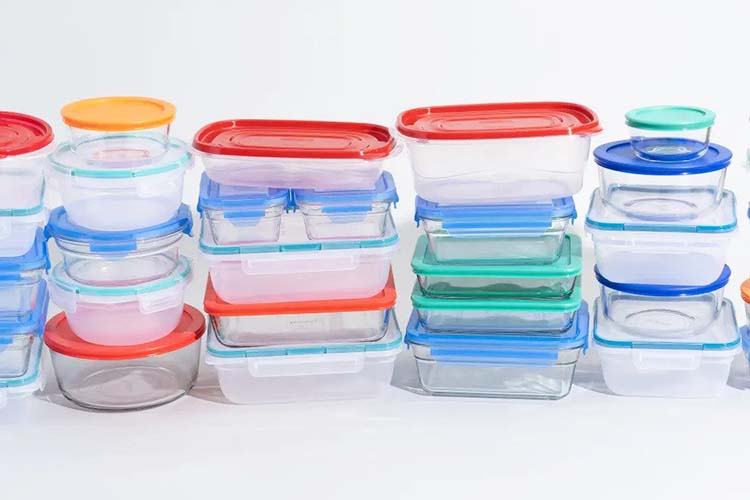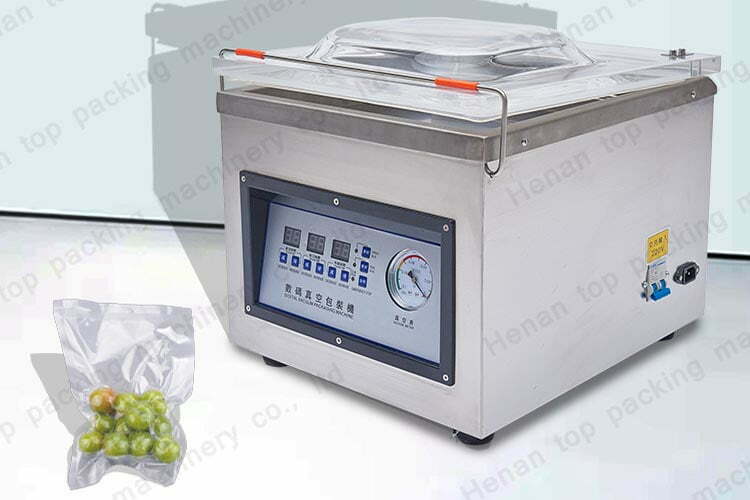Food Packaging Methods that You Can Use at Home
Bags
Do not use very thin plastic or polyethylene bags, as they become porous below zero. Bags of the correct thickness made specifically for deep freezing cost only a fraction of the extra cost. Plastic and polyethylene bags are versatile and suitable for freezing almost all types of food. Perfect for vegetables, fruits, meats, fish, sandwiches, cakes, cookies, appetizers, and deli items.
Plastic Containers
A variety of plastic and polyethylene containers are designed for storing food below freezing. They can be purchased from most kitchenware stores. Cheap plastic containers that cannot withstand freezing temperatures will become brittle and break, leaving food unprotected.
Plastic or polyethylene containers are ideal for frozen juices, vegetable juices, syrupy fruits, soups, stews, milk, cream, and all liquid foods. These containers are also ideal for sandwiches, cakes, cookies, party food, and leftovers.

Aluminum Foil
Aluminum foil is an ideal material for wrapping meat, fish, cakes, sandwiches, etc. However, it tears or splits easily, so be extra careful when wrapping food in tinfoil.
Vacuum Pumps
Vacuum pumps are ideal for removing air from plastic and polyethylene bags. When the pump is placed inside a bag containing food, the air can be removed from the bag by tightening the bag over the outer tube and pumping the inner tube in and out several times. This is a simple and effective gadget that can be obtained from leading kitchenware stores.

Jars
Regular household cookie tins can be used below zero, provided they are rust-free and you remember to seal the lids with special freezer tape. Tin cans are ideal for protecting fragile items such as meringues, creamy meringues, etc. These items need to be placed in a Ziploc bag first and then stored in the tin. In addition, tins are used to store sandwiches, cakes, cookies, and all baked goods.
Labels
Details of the contents of each package must remain clear, even if the package becomes wet due to condensation. Labels may be attached by writing with a ballpoint pen. Markers will write on all packaging materials but may be retained permanently. Crayons can be written on many surfaces and are usually washed off with hot soapy water. I highly recommend marking all items. You may think you will remember the details of the contents, but it is easy to forget.
Flat packaging method
Flat shaped packages are easy to stack and take up very little space. Simply place a meal-size quantity into a high-quality plastic or polyethylene bag. Place the bag flat on one side, shake gently to distribute it evenly, and then gently pat it flat. Pump out the air with a vacuum pump or carefully press it out by hand. Seal with a wire twist. Flat packs are easy to stack and help keep your refrigerator neat and tidy.
Free flow method
To prevent food from sticking together, I recommend the free-flow method. Simply lay prepared vegetables, fruits, and meat or fish on a flat, smooth, dry tray. Place the uncovered trays in the refrigerator, preferably on a quick-freezing surface. Once the food is frozen, it is easily removed from the tray. Pour the loosely frozen food into a good-quality plastic or polyethylene bag. A second and third tray of frozen food can be added to the first tray until a large bag of loose “free-flowing” food is obtained. Remove the air and seal with twisted wire. The free flow method allows you to easily remove individual pieces or portions from a large quantity without thawing.
